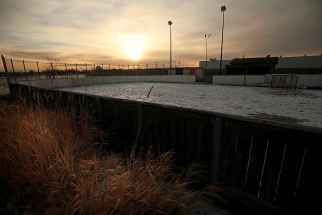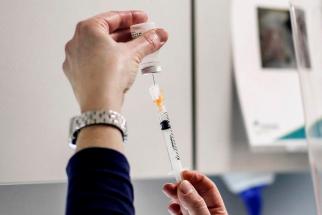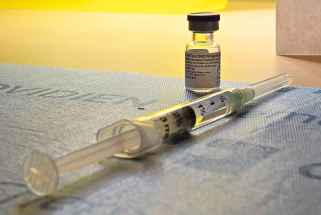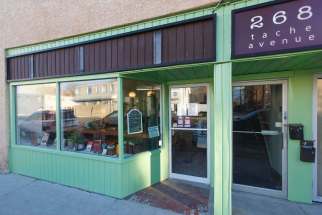City teachers give contact tracing poor mark
Read this article for free:
or
Already have an account? Log in here »
To continue reading, please subscribe:
Monthly Digital Subscription
$0 for the first 4 weeks*
- Enjoy unlimited reading on winnipegfreepress.com
- Read the E-Edition, our digital replica newspaper
- Access News Break, our award-winning app
- Play interactive puzzles
*No charge for 4 weeks then price increases to the regular rate of $19.00 plus GST every four weeks. Offer available to new and qualified returning subscribers only. Cancel any time.
Monthly Digital Subscription
$4.75/week*
- Enjoy unlimited reading on winnipegfreepress.com
- Read the E-Edition, our digital replica newspaper
- Access News Break, our award-winning app
- Play interactive puzzles
*Billed as $19 plus GST every four weeks. Cancel any time.
To continue reading, please subscribe:
Add Free Press access to your Brandon Sun subscription for only an additional
$1 for the first 4 weeks*
*Your next subscription payment will increase by $1.00 and you will be charged $16.99 plus GST for four weeks. After four weeks, your payment will increase to $23.99 plus GST every four weeks.
Read unlimited articles for free today:
or
Already have an account? Log in here »
Hey there, time traveller!
This article was published 14/12/2020 (1824 days ago), so information in it may no longer be current.
“Are you sure it was 15 minutes? It wasn’t 14 minutes? Or 13?”
A Winnipeg teacher clearly recalls that specific query during a line of questioning from a public health nurse on a call earlier this fall to find out if any of the woman’s students were close contacts to a peer who tested positive for COVID-19.
Anyone who has spent 15 minutes or more within two metres of a positive case during an infectious period is considered a close contact in Manitoba.
The Winnipeg educator, explaining the phone conversation to the Free Press, said she identified five students who sat near the infected child. The students all struggle with keeping their masks on, need additional support from their teacher, and often wander around the classroom, she said.
“My explanation should trump theirs because I’m watching, constantly.” – Anonymous teacher
But despite her concerns, none was asked to self-isolate. Only the teacher, who worked closely with the young student who tested positive, as well as some students who take the same school bus as the individual, had to quarantine.
“I called my public health officer back and asked her why, and she said, ‘Well I spoke to your admin and they assured me that there was two metres,’” said the teacher, who agreed to an interview on the condition of anonymity, on a recent school night.
“(My principal’s) amazing, but (the administration) gave the information they could honestly give, which was the seating plan and the fact (students are) two metres apart. They’re not in my room, they don’t see what happens.
“My explanation should trump theirs because I’m watching, constantly.”
As the tally of schools with COVID-19 exposures grows, school staff are raising concerns about inconsistent contact tracing practices.
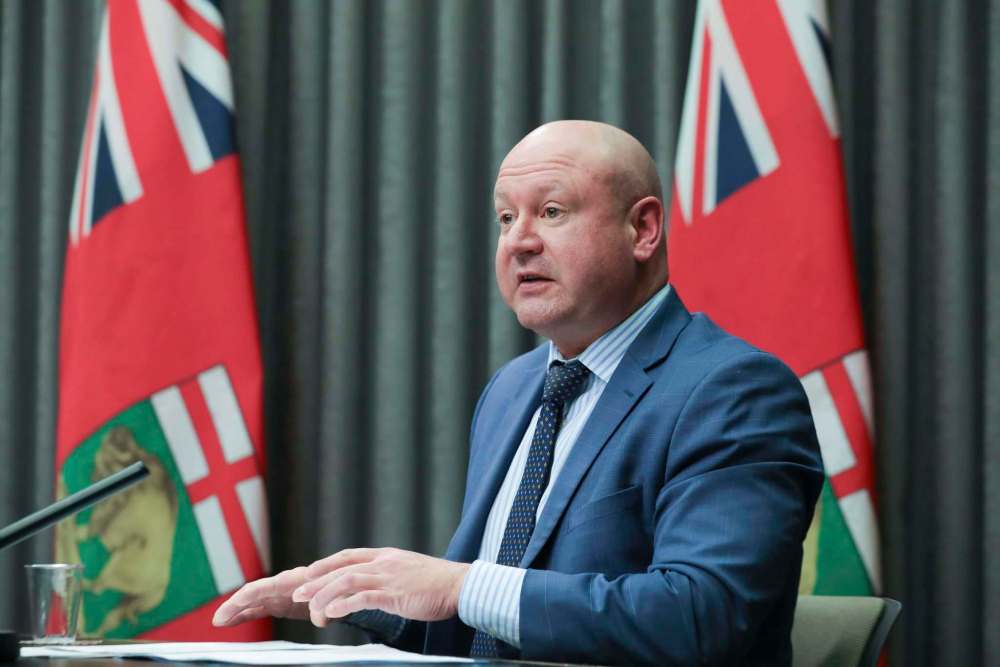
When pressed on the subject Monday, the province’s top doctor said public health nurses are investigation experts.
“They wouldn’t be trying to deter someone from naming someone as a close contact, but they’ll go through what actually is a close contact — what requirements need to have occurred to be a close contact,” said Dr. Brent Roussin, following the daily COVID-19 briefing at the Manitoba legislature.
Echoing similar concerns as the first teacher, a Grade 1/2 teacher in another metro division said she questions the process after her classroom expertise was ignored during a recent investigation. Last week, the teacher (who asked not to be named to protect her job) was told one of her students had tested positive and the school was in touch with public health about the situation.
She said she told her boss who the child plays with at recess and who they are in close contact with in the classroom, in which masks are not required and students are spaced out by approximately 1.5 metres. No classmates were deemed close contacts.
“They decided my classroom has done a really good job of social distancing, which is really bull—-,” said the Grade 1/2 teacher, who is currently self-isolating with symptoms, although she has tested negative for COVID-19.
The teacher then took matters into her own hands and contacted the family of a close peer of the individual who tested positive to let them know about the situation, without identifying the case.
“They decided my classroom has done a really good job of social distancing, which is really bull—-.” – Grade 1/2 teacher
She added, “I told my principal that I felt my class was being punished because we could keep our chairs two metres apart.”
Meantime, at the first teacher’s school, a colleague who learned of an exposure in the classroom on the same November day that the original educator did had a completely different experience.
The first teacher said her colleague provided a list of names of students who sat near the child and public health followed-through to ask the individuals to self-isolate. The contradictory experiences and related worries about her students’ health make her feel ill, she said.
A public spreadsheet of cases linked to schools in Manitoba, which is being compiled by an anonymous parent who draws from Manitoba Public Health data, crowdsourcing, and news reports, indicates at least 367 buildings have had an exposure since Labour Day.
The province makes available its latest school statistics on Tuesdays and Thursdays; as of Dec. 10, there are a total of 1,771 cases.
There are no active outbreaks — a title now only given to a school that is experiencing widespread transmission within the building.
maggie.macintosh@freepress.mb.ca
Twitter: @macintoshmaggie

Maggie Macintosh reports on education for the Winnipeg Free Press. Funding for the Free Press education reporter comes from the Government of Canada through the Local Journalism Initiative.
Our newsroom depends on a growing audience of readers to power our journalism. If you are not a paid reader, please consider becoming a subscriber.
Our newsroom depends on its audience of readers to power our journalism. Thank you for your support.

